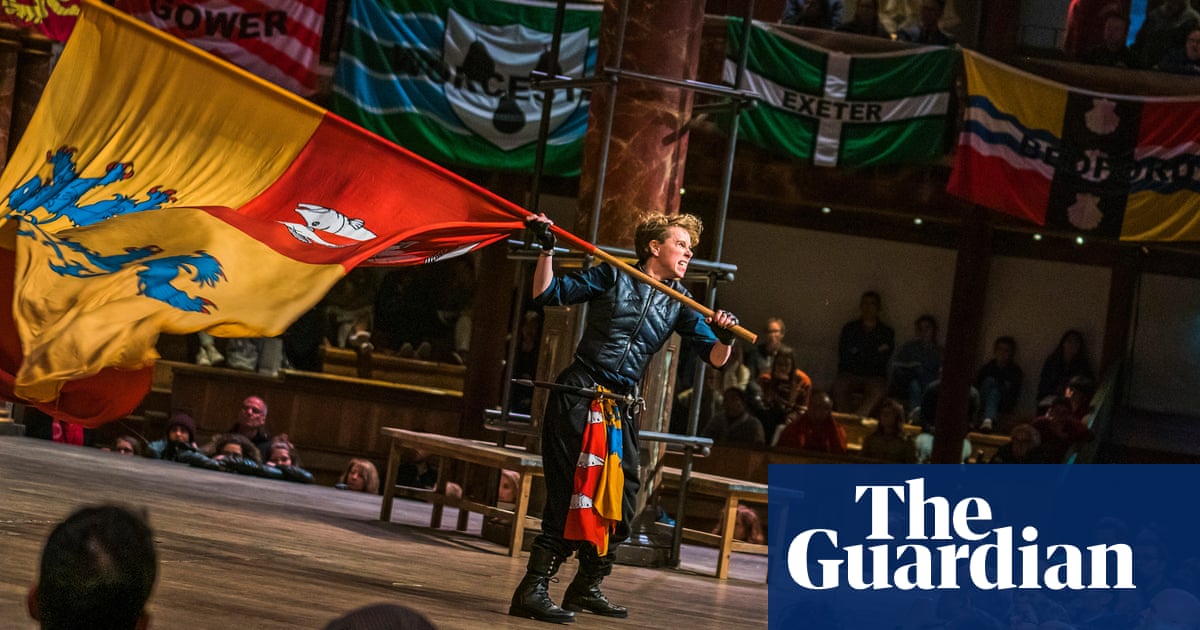
It’s always unwise to assume today’s history is better than yesterday’s. Interpretations change, and the current vogue for seeing Richard III, so long portrayed as a tyrant, as a nice guy who somehow lost track of his nephews’ whereabouts, just as he was having himself crowned in young Edward V’s place, may one day seem silly. I am prepared to bet that it will.
The Wallace Collection in London is the last place I expected to encounter what amounts to a kind of historical populism. The same age that witnessed Brexit also saw the rehabilitation of Richard III after his skeleton was discovered under a Leicester car park in 2012. This has inspired an apparently universal assumption that Richard was a Good King, even though his skeleton provides no evidence about his deeds in life. That’s what this exhibition, a tie-in with the new Steve Coogan film The Lost King, also seems to take for granted. Thus it places a big sceptical question mark over the painting at its heart, while presenting prop armour used in the film as the last word in factual reconstruction.
Two children cower in their prison in Paul Delaroche’s canvas Edward V and the Duke of York in the Tower. The older brother looks towards the door of their bedroom, or cell, in dread. His eyes are moist with tears even as he tries to be brave for his younger sibling, whose face is broken by confusion and terror: why has uncle Richard placed them here and what does he plan to do next?
Painted in 1831 and long owned by the Wallace Collection, this little freeze-frame of fear should speak to our age. Here are two innocents, imprisoned and expecting to be murdered. It’s a universal image of oppression. It also happens to be faithful to the earliest extant source on the mystery of the princes in the tower. For it is not true that the story of Richard III murdering his nephews was made up by Tudor propagandists. Strong suspicions were aired at the time, and recorded by the Italian traveller and writer Domenico Mancini, who was in Britain when the princes vanished. He spoke to Edward V’s doctor, John Argentine – possibly the last person except for their killers to see them alive. Argentine told Mancini they were paralysed with fear, saying their prayers in expectation of imminent death. That’s exactly what Delaroche shows in his painting.
The Wallace Collection misses a trick – and a shot of human empathy – in putting metaphorical question marks around this painting, and telling us that a film that may soon be forgotten is a more truthful, serious representation of the past than this jewel of Romantic art. It juxtaposes Delaroche with a suit of armour made for the movie, whose accuracy it extolls, in contrast to the supposed Shakepearean chicanery of Delaroche. Wall texts summarise the Richard hoo-hah and show how his representation on screen has long been influenced by the Wallace Collection’s excellent collection of armour. Not only did its curator advise on The Lost King, but when Laurence Olivier was filming Richard III, he came here to study a mannequin in plate armour on a rearing horse.
This show is best enjoyed as a portal to the armour galleries, sending you to see the sallets and beavers that gave so many movie soldiers their look. (If you have never marvelled at the medieval wonders of military hardware in the collection, this is a good excuse to go full metal breastplate.) But it succumbs to a strange shift in sympathy from history’s victims to one of its tyrants.
This could and should have been a chance to revisit what lies behind Delaroche’s portrayal of the doomed sons of Edward IV. Were the two skeletons found at the tower in 1674 those of the princes? What is the evidence and what do historians – as opposed to the Richard III Society – really make of it all?
As it is, Delaroche’s painting serves as a nagging tug of conscience. While this show hypes The Lost King, this imaginative and humane history painting begs us to spare a thought for the two lost princes quaking in their cell.
The Lost King: Imagining Richard III is at the Wallace Collection, London, until 8 January.












